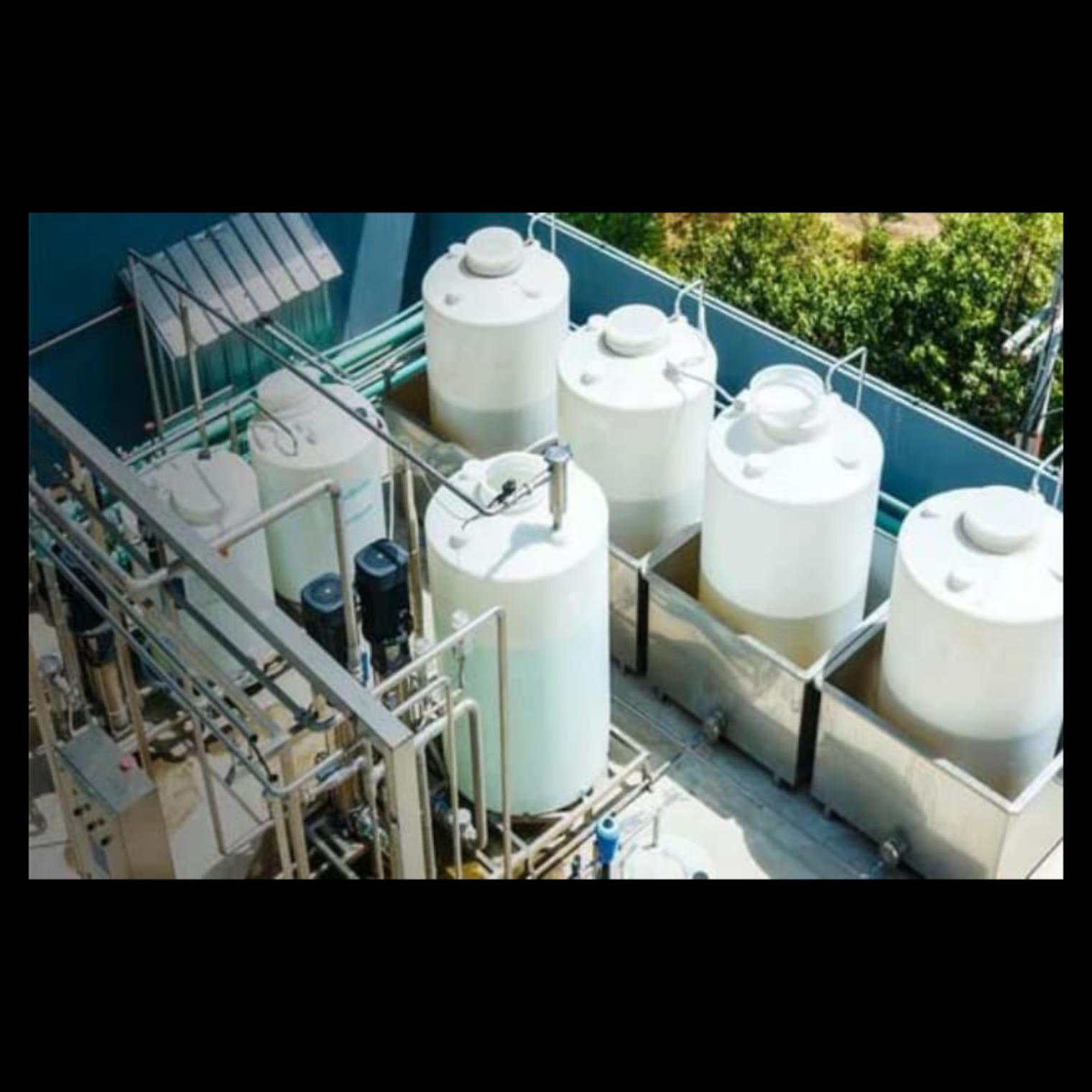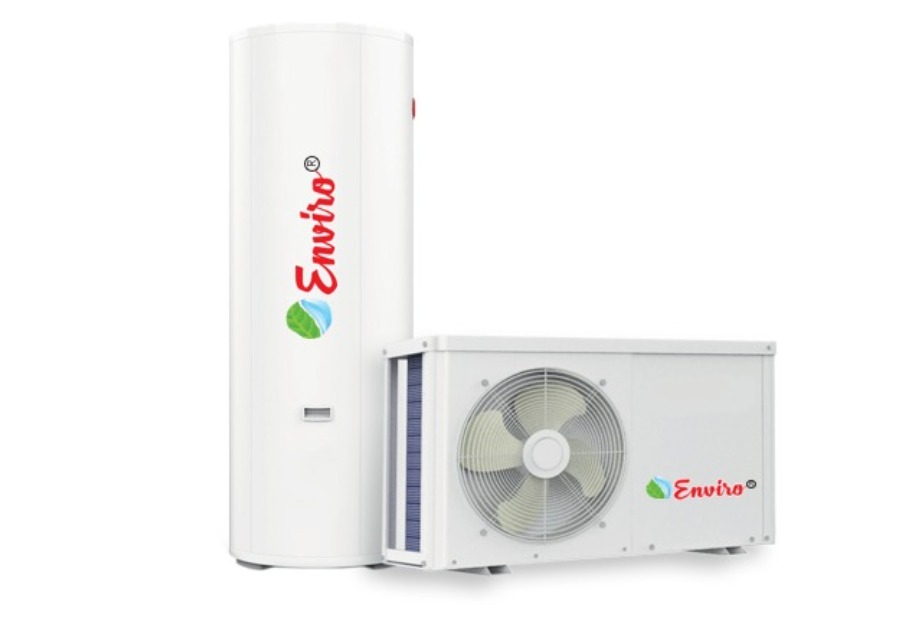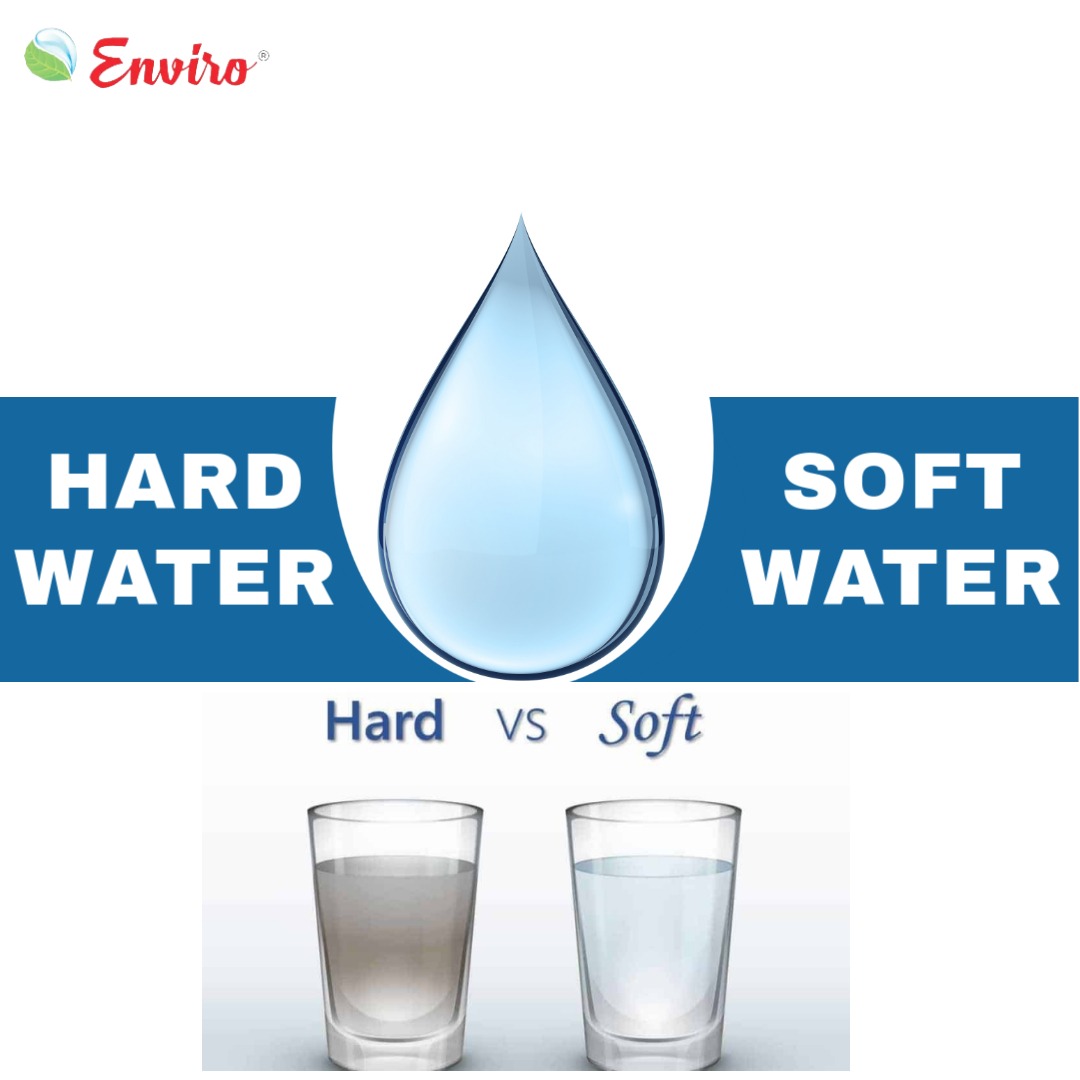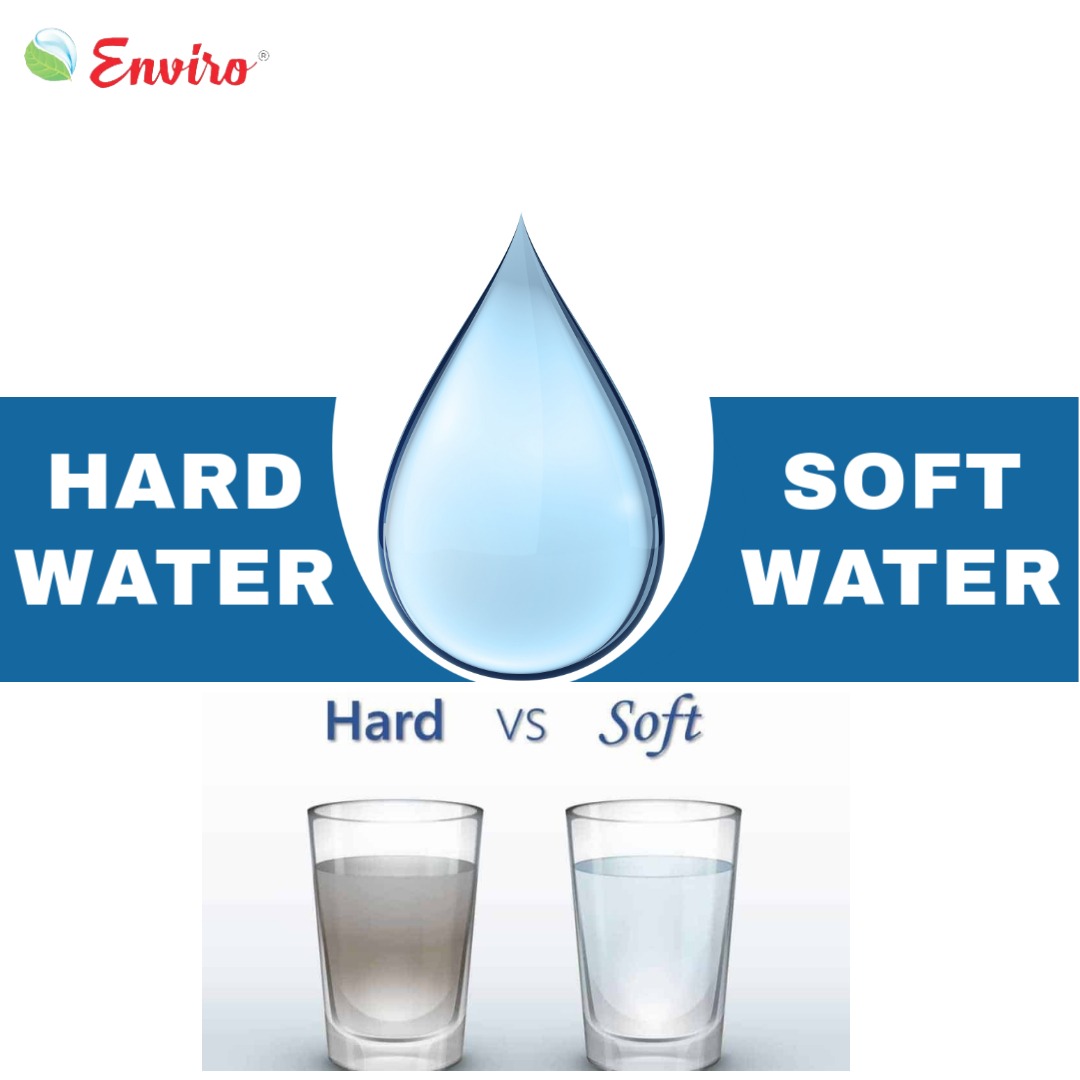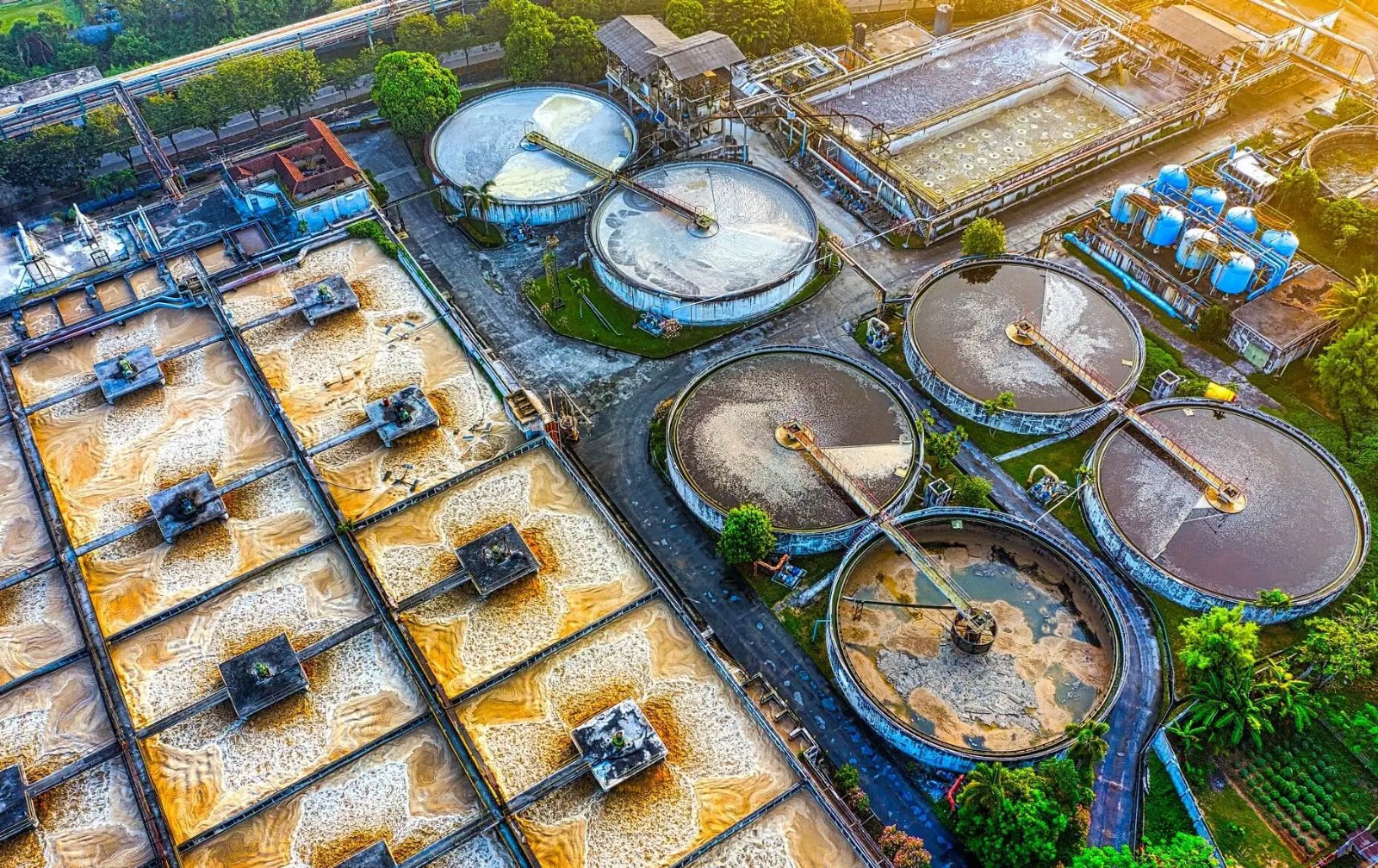
What is an Effluent Treatment Plant ?
Effluent treatment plant, also known as ETP is a waste water treatment operation (WWTP) that is used to treat waste water. It's used in manufacturing like pharmaceuticals, textiles, and chemicals where utmost water contamination is a probability. Effluent Treatment Plant plays a important role in the treatment of industrial waste water as well as domestic sewage. Biological matter, non-biological matter, heavy metals, oil & grease, suspended particles, and other impurities are treated in the wastewater treatment procedure of an ETP plant. Chemical treatment, biological treatment, a mixture of chemical and biological treatment, and thermal treatment are the some types of wastewater treatment plants.
Why is Effluent Treatment Plant (ETP) needed?
ETP Plant plays a very crucial role in treating industrial wastewater. ETP is mostly used to treat industrial wastewater to make it recyclable water or to safely release it into the environment. It is compulsory for every industry to install ETP Plants as per government rules and regulations to treat their waste and wastewater for making it more recyclable or for safe release into nature.
Treating industrial waste and wastewater is compulsory for now by the circular of state governments. As they now want to make water more recyclable by the industry or to safely release it into rivers, ponds, lakes, or any natural space.
ETP Plants are required for the following -
• To build industrial wastewater reusable
• To treat industrial wastewater for safe release into nature (like lakes, ponds, sewers, or rivers)
• To save natural wealth to be polluted
• Government Rules & Regulations: As per the government rules and regulations it's compulsory to have an ETP plant
What is the process of the ETP Plant?
The treatment procedure of the Effluent Treatment Plant includes the transfer of suspended particles, dismiss organic matter, and the handling of slush for disposal. Different operation involved are -
• Equalization - The equalization tank positions the raw effluent from various procedure units. An existing varied effluent tank collects wastewater and pumped to an existing aeration tank, which also purpose as an equalization tank. The variable aerator is provided to homogenize the effluent before it is force to the neutralization tank for treatment.
• pH Control - The pH worth of effluent should be between 5.5 and 9.0, according to the Bureau of Indian Standards (BIS) .PH neutralization is used to adjust the pH of the wastewater. For waste that is acidic bases are used to adjust the pH of a solution. In the case of alkali waste acids are used to modify the pH of a suspension
• Coagulation - Coagulation is a technique in which liquid aluminum sulphate is added to untreated water which sources tiny dust particles to stick together after mixing. That assemblage of particles combines to generate larger, substantial particles which can be easily detach through settling and filtration.
• Sedimentation - Water travels slowly in this operation, causing the substantial particles to settle at the bottom. The particles that assemble at the bottom of a container are called Sludge.
• Filtration - Filtration is the process in which the water proceed through a filter that separates particulates. The filters are found of sand and pebbles layers. Backwashing is essential to wash these filters on a regular basis.
• Disinfection - Before entering the dispensation system, water is disinfected. To disinfect and purify water, chlorine is used.
• Sludge Drying - Solids through sedimentation get clam and settle down, and then shift to drying beds. When the slush thickness reaches around 300 mm, the slush charging should is stopped, and the bed is separated to allow natural dispersal to dry it off. This takes approximately ten days.
Effluent treatment plant Are classified in the following
• Chemical treatment
• Biological treatment
• combination of chemical
• biological treatment and thermal treatment.
The fundamental principle of operation of ETP is physio-chemical water treatment followed by polishing water Treatments like- Sand Filtration, Activated Charcoal water Treatment (Adsorption), Ozonation (Chemical Oxidation), Ultra Filtration (UF), Reverse Osmosis (RO) and disappearance.
These effluent treatment plants keep energy and separate pollution effluent with economical operations and also meet the standards of government.
Basically, the design of effluent treatment plant is really dependent on industry and site. The major points to be considered while designing effluent treatment plants are characteristics of site and wastewater. Untreated effluent quality and treated effluent quality are majorly taken into consideration in process of wastewater treatment plant design. Also now coming to selection treatment process, it involves consideration of other multiple factors, such as treatment efficiency, cost and reliability.
Characteristic of wastewater is
